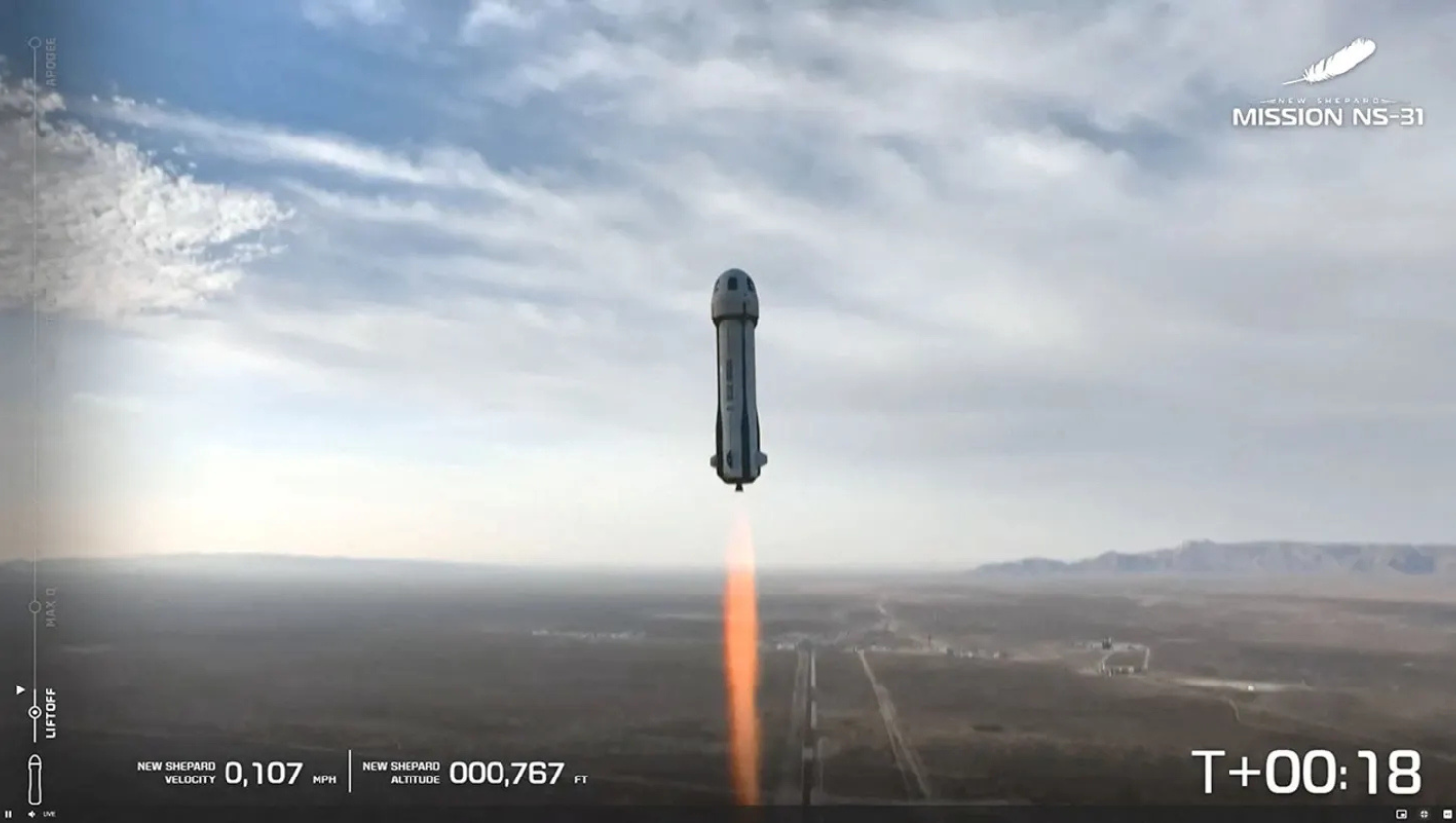Blue Origin Flies Katy Perry and All-Female Crew into Space, Lands Safely
April 14, 2025, saw Blue Origin shatter history in a way that will be etched for decades to come. The privately funded aerospace firm, renowned for its reusable rocket capabilities, took an all-female crew, which included pop icon Katy Perry, on a milestone space journey. This trip wasn't about merely attaining new space travel heights—it was the moment when women marked their first entry into the realms of science and space exploration.
Blue Origin's Space Travel Vision
Jeff Bezos' Blue Origin has led the way in space tourism, and its reusable rocket technology has made commercial spaceflight possible. This flight, which was launched from Blue Origin's West Texas base, was a major step towards making space travel accessible to more individuals. The New Shepard rocket, employed for suborbital space tourism, took the crew on a 12-minute journey, which included a couple of minutes of zero gravity.
But what made this flight special wasn't the technology—though that was special also—it was the crew. This all-female crew of astronauts was a powerful declaration of the growing number of women in space travel, a field long held by men. They were joined by pop star Katy Perry, who has long used her public voice to advocate for women's empowerment.
Meet the Crew: Katy Perry and Trailblazing Women in Space
Dr. Emily Smith was the commander, an astrophysicist and mission commander, and the astronaut Naomi Tan, a spacecraft systems engineer. They were also accompanied by two other exceptional women: one, an aerospace engineer, and another, a space researcher. The women were not just along for the ride—the women were professionals in their own field, all making valuable inputs to the mission's success.
For Katy Perry, it was more than a publicity stunt. It was a way to show the world that women belong in space. Perry, being the powerful singer and activist, was not only doing this for herself, but for every girl and woman who wants to break down barriers.
The Launch: A Journey Into the Stars
The waiting was electric as the countdown clock ticked. Blue Origin's New Shepard rocket soared off in a thunder, carrying the crew into space. Katy Perry, along with the rest of the astronauts, experienced a few minutes of weightlessness, floating above Earth and gazing in awe at the stunning panorama of the planet. It was an experience no one of them would ever forget. The crew could see the Earth's horizon, a reminder of how tiny and exposed our world is in the universe's grand plan.
The mission was as much a personal one as it was scientific. For Perry and her crew, this was a dream realized, and a reminder that women are not only capable of space travel—they can lead the charge.
A Smooth and Safe Landing
The descent back was just as smooth. Having reached peak altitude, the capsule embarked on its way back, coming to a gentle stop once again on Earth's surface. Once the crew emerged from the capsule, their grins were testimony to the success of the flight. The flight had lasted all of 12 minutes, which had taken a lifetime to have its impact felt. Blue Origin technology had proven once again to be reliable, and the mission had been met as a mammoth success.
The Cultural Significance: Women in Space
It was more than a spaceflight, this mission was a declaration about representation and potential. With women like Katy Perry on board for the journey, the message that it conveys is unmistakable: young girls all over the world can dream big, too. Perry's involvement was a powerful reminder that women can—and should—be leading the charge on cutting-edge scientific advancements.
This mission also underscored the growing role of women in space exploration. With every successful launch like this one, we are one step nearer to the day when space exploration is inclusive, diverse, and open to everyone, not only women.
Conclusion: A New Era in Space Exploration
Blue Origin's historic flight with Katy Perry and her all-female crew is a moment that celebrates not just space exploration, but the future of equality and diversity in science. With commercial space travel becoming more mainstream, we can look forward to more missions breaking down barriers and inspiring the next generation. The flight might have been short, but its impact will be felt for a lifetime.
Here’s to the women who reached for the stars—and proved that no dream is too big.

